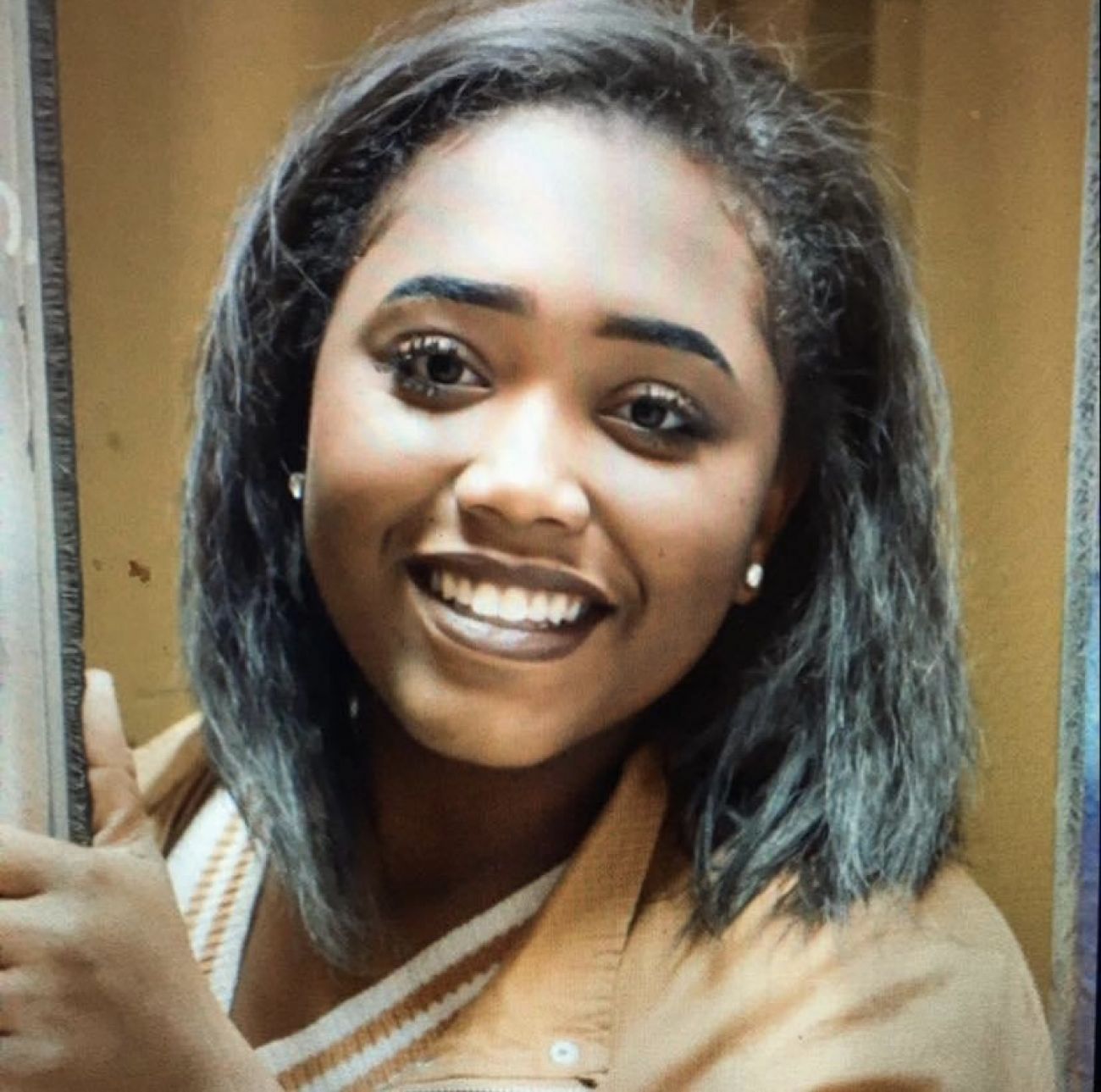Biden student loan forgiveness plan: What it means for Michigan

- Federal student loan borrowers will get up to $20,000 in loans forgiven depending on income
- A pause on paying down federal student loans is extended through the end of the year
- President Biden says the announcement fulfills a campaign promise, but Republicans warn it will stoke inflation
President Biden announced Wednesday that he would cancel up to $10,000 in student loan debt for tens of millions of Americans. For low-income students receiving Pell Grants, that award will be doubled.
Biden also extended a pandemic-related pause on student loan collections and interest through the end of the year. The pause first went into effect under President Trump and was extended several times under Biden. The latest extension was scheduled to end Aug. 31.
“In keeping with my campaign promise,” the president said on Twitter Wednesday, “my Administration is announcing a plan to give working and middle class families breathing room as they prepare to resume federal student loan payments in January 2023.”
Biden’s action, undertaken by executive authority, is likely to face lawsuits, leaving unclear how soon student loan debt will be cleared. Borrowers, families and political leaders eagerly awaited the announcement, with progressive Democrats urging the president to broaden the scope to $50,000 or more, while conservatives and some others worried that canceling debt would add to U.S. inflation.
Related:
- MI community colleges ditching remedial courses to keep students enrolled
- Nursing deal and college affordability in Michigan higher-ed budget pact
- Michigan high school students are helping colleges improve campus success
According to the White House, the typical undergraduate with loans graduates with nearly $25,000 in college debt. In Michigan, that average exceeds $36,000.
Michigan students and college graduates interviewed by Bridge Michigan said they have mixed feelings about the announcement, which has been privately deliberated in the White House for months. Several borrowers interviewed said they are grateful for the relief but urged lawmakers to do more to make a U.S. college degree affordable.
Bekki and Jesse Moser of Ludington, both teachers, are still paying off their student loans after nearly two decades. With four teenagers and combined incomes of about $80,000, the couple worry that their 17-year-old son will need college loans, too.
Of Biden’s plan, Bekki, a fifth grade teacher, said: “I’m afraid that it’s going to be a one and done, like ‘there we helped you out, you should be happy but this is all we’re going to do about it,’ instead of fixing the broken system.”

Here’s what you need to know about the student loan forgiveness program. You can also find additional information about student loan forgiveness and the continued loan collection pause on the federal student aid website. You can submit an email to this link to receive a notification from the Department of Education once the application for loan forgiveness has opened.
Who is eligible for loan forgiveness?
The program is only for loans held by the Department of Education. This means private loans are not eligible for relief.
Individuals earning under $125,000 a year or in households that make under $250,000 are eligible for $10,000 of loan cancellation. If borrowers received Pell Grants, which are given to undergraduates with exceptional financial need, they can get up to another $10,000 in debt relief.
A Department of Education press release said “nearly 8 million borrowers may be eligible to receive relief automatically because relevant income data is already available to the Department.”
How will it work?
The actual mechanics of how this program will work are not yet known. The Department of Education will announce details in the coming weeks, a press release said.
Borrowers will be able to fill out an application requesting debt relief “no later than when the pause on federal student loan repayments terminates at the end of the year.”
In a press conference Wednesday, Biden said the application will be “short and simple.”
And borrowers will not have to count student debt relief as income on their federal taxes, the White House said.
I still have loans. When do I have to start paying them back?
The federal student loans collection and interest pause remains in effect through the end of December 2022. The Biden administration said this is the “final” extension.
Are there other changes to the federal student program?
The Biden administration is also proposing rule changes to the government’s loan repayment system.
Among them, Biden wants to lower the percentage of income a borrower must pay per month.
Instead of being required to pay 10 percent of monthly discretionary income, that rate would go down to 5 percent for undergraduate loans for a new income-based payment. There would be a weighted formula for borrowers with both undergraduate and graduate loans.
Biden is also seeking to narrow the definition of what income is considered discretionary. And, critically, would have the government cover unpaid monthly interest, so that “a borrower’s loan balance will not grow so long as they are making their required monthly payments.”

For Angela Misner, 35, the news about interest rates is what is most exciting to her. Misner, a commercial support specialist at an insurance company, said the proposed rule would ensure interest rates “won't be killing us anymore.”
The Lansing resident said she has about $42,000 in loans and expects to get $20,000 forgiven since she was a student with Pell grants.
Eastern Michigan University senior, Zoè Burton, 20, has $5,500 in loans, which would be erased under Biden’s plan. The Ypsilanti native expects to graduate next spring with a social work degree.
“I think it’s great that Biden and the administration are going to this extent for this program,” she said in an email. “It is more than any other has done. I am glad that the administration is working to change the repayment plans.”

“Most students have taken out a lot more in student loans if they don’t have the financial support from family, or other financial aid. I feel the amount forgiven could be more, however I am glad they are addressing the existing loan repayment plan issues as well as the low income to debt ratio after graduating.”
How much money do Michigan borrowers owe?
The Education Data Initiative estimates that there are 1.4 million student loan borrowers in Michigan, with a collective debt of roughly $51 billion. State borrowers’ average debt is $36,116. Within this group, 16 percent owe less than $5,000 while 21.6 percent owe between $20,000 to $40,000. Two percent of borrowers owe more than $200,000.
The Department of Education did not answer Bridge’s questions Wednesday on how the program will affect borrowers with consolidated loans or how loan forgiveness will work for those with more than $10,000 in loans.
I still have questions. Where can I find more information?
The Biden administration is expected to release more information about loan forgiveness by the end of the year. The White House put out a fact sheet Wednesday with details on loan forgiveness and repayment programs.
If you have a question about federal student loans, you can also email Bridge Michigan education reporter Isabel Lohman and we will try to find the answer for you.
How are Michigan borrowers feeling about this announcement?
Biden made student loan forgiveness a key part of his education platform when running for president. Some groups praised Wednesday’s announcement, others say it doesn’t go far enough, still others say it goes too far.
Zahna Woodson, 28, who splits her time between Lansing and Grand Rapids, said she has close to $96,000 in private loans (which are not subject to the Biden loan relief) and $13,000 in public loans. She attended Alma College, Central Michigan University and Mid Michigan College. She does not have an undergraduate degree and is instead opting to earn certificates. She accepted a new job in February as a business intelligence and operations director for a nonprofit that pays $85,000 a year.
“I’m glad that he's announcing something but also disheartened at the same time. And I don't think those two are mutually exclusive,” she told Bridge.
She said she wonders if it would have been better to reduce the $125,000 income threshold to provide more loan forgiveness for those with lower incomes. She would have liked to have seen borrowers receive $40,000 to $50,000 in loan forgiveness.
She said her public loans have always been less stressful than her private loans, which she describes as having no regulation.
Abigail Labbe, a junior at the University of Michigan in Ann Arbor, said she is “really happy that people are going to get the help that they need.” The 19-year-old Ypsilanti native said she has close to $30,000 in federal student loans.
“College affordability is really rough even as an in-state student with in-state tuition. Even with scholarships and grants, it’s really difficult to make ends meet,” she said.

She said she sympathizes with those people who worked hard to pay their debts and no longer owe money but said people should not spend the rest of their lives paying for their education.
Vanessa Peltoniemi, 17, will soon start her senior year at Holton High School in Muskegon County. She said she is happy about the announcement but hopes more will be done to address college affordability as she contemplates college, where she expects to need loans.
“I think about it every day,” she said. “I’m going to take out student loans like millions of Americans. I think about the future, I don’t want to be in debt forever, I want to be able to enjoy my life.”
Michigan Education Watch
Michigan Education Watch is made possible by generous financial support from:
Subscribe to Michigan Education Watch
See what new members are saying about why they donated to Bridge Michigan:
- “In order for this information to be accurate and unbiased it must be underwritten by its readers, not by special interests.” - Larry S.
- “Not many other media sources report on the topics Bridge does.” - Susan B.
- “Your journalism is outstanding and rare these days.” - Mark S.
If you want to ensure the future of nonpartisan, nonprofit Michigan journalism, please become a member today. You, too, will be asked why you donated and maybe we'll feature your quote next time!






